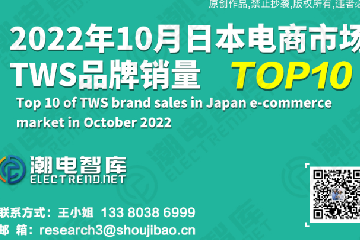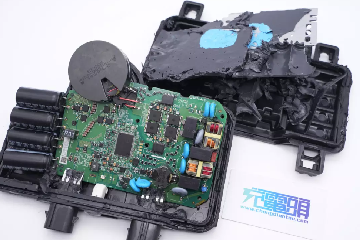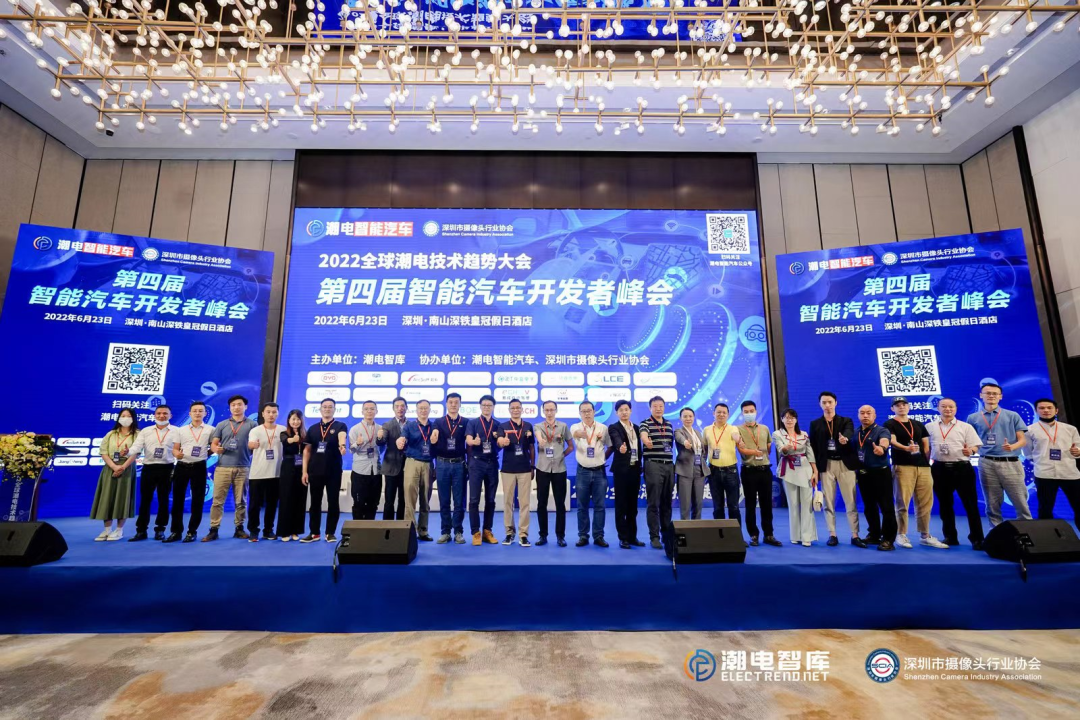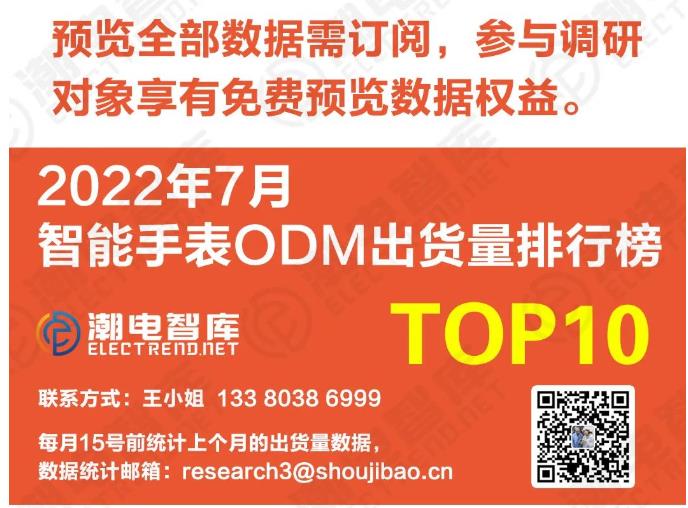The U.S. announced tax increases twice in three days, forcing Chinese companies to set up U.S. corporate entities and continue to invest in Southeast Asian production lines.
On May 14, the United States announced that the tariff rate on photovoltaic cells imported from China was raised from 25% to 50%. This is a continuation of the 301 tariff increase.
On May 16, the U.S. announced the elimination of the Section 301 tariff exemption for bifacial solar panels and the resumption of tariffs on solar energy products from Cambodia, Malaysia, Thailand, and Vietnam, which are four Southeast Asian countries.
Prior to the promulgation of the policy, the export of micro-reverse products from China to the United States tariff rate of 25%, while exports from Vietnam to the United States for 0 tariffs. Under heavy restrictions, to build factories in Southeast Asia has become the most favorable choice.
A photovoltaic company has integrated production capacity from silicon wafers to modules in Vietnam. A photovoltaic company executives have built factories in Vietnam, Vietnam factory shipments are mainly sold to the United States, the overall profit is very high.
Trina Solar was found to have anti-circumvention behavior by the US in August last year. However, because of its 6.5GW of monocrystalline silicon wafers produced by its Trina Solar Technology (Vietnam) Co., Ltd. to meet the provisions of the export of U.S., so the anti-circumvention investigation of the company has no practical impact.
The United States previously through the "double reverse", 201 tariffs, 301 tariffs and other ways to restrict China's photovoltaic trade, Southeast Asian photovoltaic enterprises for a period of two years of tariff exemption on June 6 this year officially expired, means that Chinese enterprises in Southeast Asia production of photovoltaic modules is also difficult to avoid high tariffs.
However, Southeast Asia by virtue of its low labor costs, local policy subsidies, has basically formed a complete overseas PV industry chain, at this stage is unlikely to be given up; at the same time, due to the huge amount of money required for investment, many companies are still in the wait-and-see period for the U.S. to build factories.
Therefore, Chinese enterprises can avoid the risk of trade tariffs by first establishing a U.S. company and then continuing to utilize the Southeast Asian production line as a U.S. subject.
For projects that begin construction after 2026, the IRA Act's limit on the percentage of U.S. domestic manufacturing will be raised to 55 percent. Together with additional subsidies such as localized manufacturing, the ITC policy on PV could bring a subsidy margin of up to 70%. Chaodian Think Tank believes that it is feasible to build factories in the United States and participate in more local projects.
The head Chinese enterprises have already made a demonstration.
Following the cooperation between Ningde Times and Ford to build a new lithium iron phosphate power battery factory in Michigan, Guoxuan Gaoke announced in September last year that it would spend US$2 billion to build a new battery super factory in Manteno, Kankakee County, Illinois, USA, focusing on lithium-ion battery cells, battery packs production and energy storage systems.
Our Authors
We have experienced employees who choose the services we provide, and our services are all professional. If you contact us, we may receive a commission.
Why You Can Trust ELECTREND
15
Years of service experience
580+
Brand Customer Choice
1000+
The choice of corporate customers



































